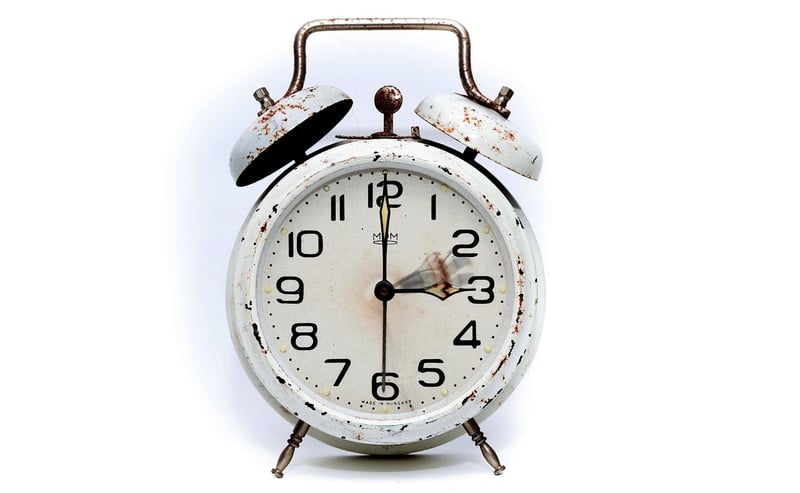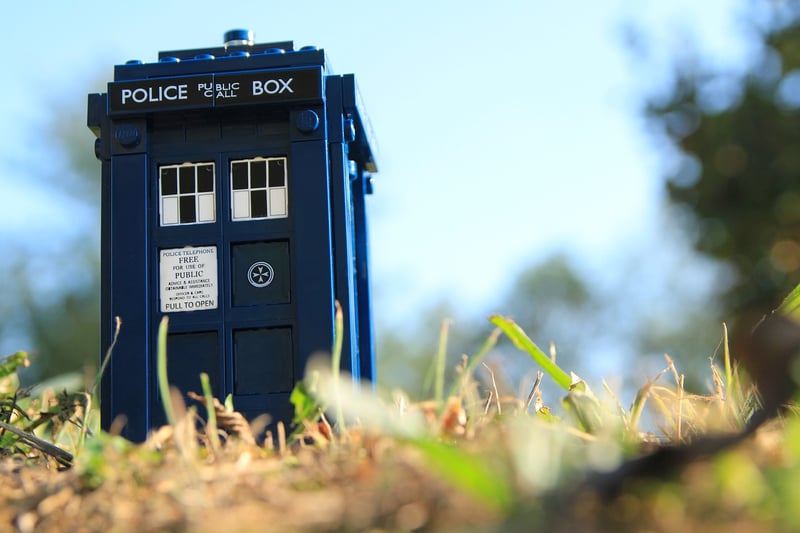Time-Travel Devices
Mechanisms for Time Travel and Time-Travel Devices
Time travel has fascinated people for generations, with numerous theories and concepts proposed on how it could potentially be achieved. While the idea of traveling through time remains a topic of science fiction, the theoretical mechanisms behind it are intriguing to explore.
Einstein's Theory of General Relativity
One of the most well-known theories related to time travel is based on Einstein's Theory of General Relativity. According to this theory, massive objects can warp space-time, creating curves that could allow for time loops and potential time travel.
Wormholes
Wormholes are hypothetical passages through space-time that could create shortcuts for long journeys across the universe. By traversing a wormhole, one could potentially travel not only through space but also through time.
Time Dilation
Time dilation occurs when an object is moving at speeds approaching the speed of light, causing time to pass differently for that object compared to a stationary observer. This effect is a key component of many time travel theories.
Time-Travel Devices in Fiction
While we have yet to build a functioning time machine, popular culture is filled with various time-travel devices in works of fiction. From the iconic DeLorean in "Back to the Future" to the TARDIS in "Doctor Who," these devices capture the imagination of audiences worldwide.
Images of Time-Travel Devices
Explore these images of iconic time-travel devices:
Conclusion
While time travel remains a fascinating concept that captures the imagination of many, the mechanisms behind it are still largely theoretical. Whether through Einstein's theories, wormholes, or time dilation, the possibility of exploring different points in time continues to intrigue both scientists and science fiction enthusiasts.


